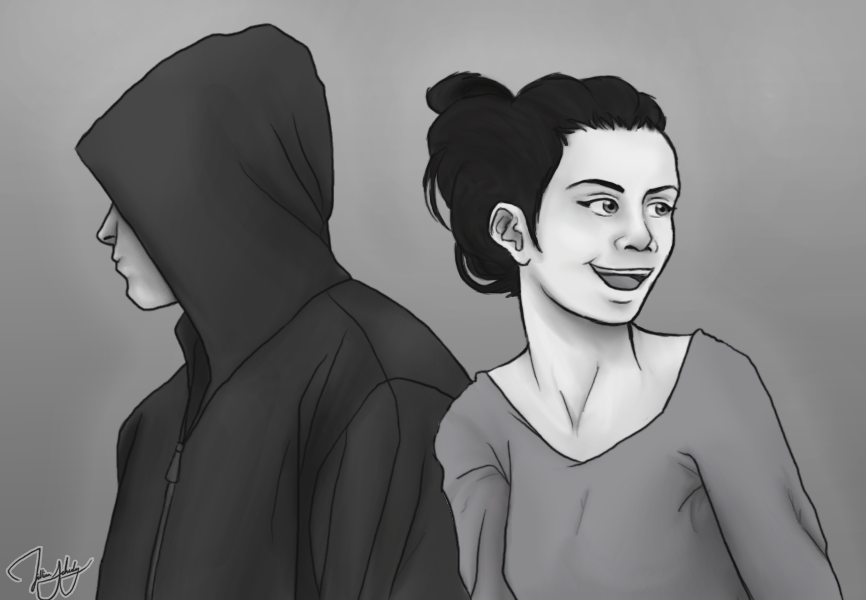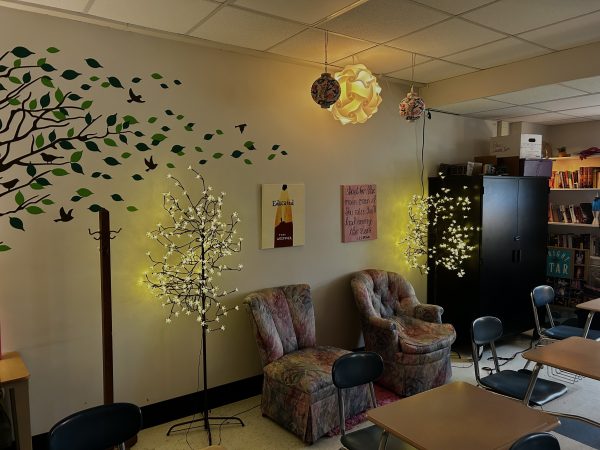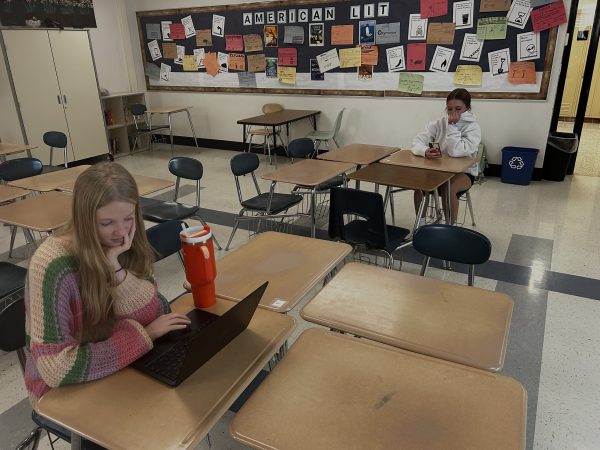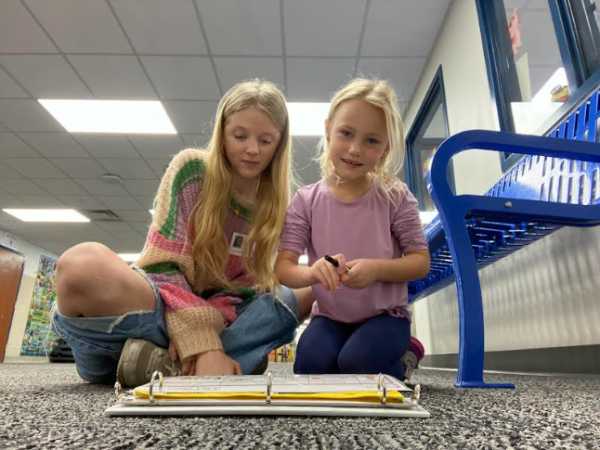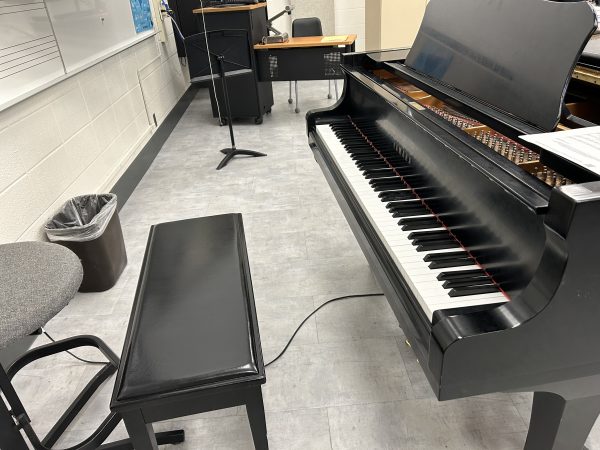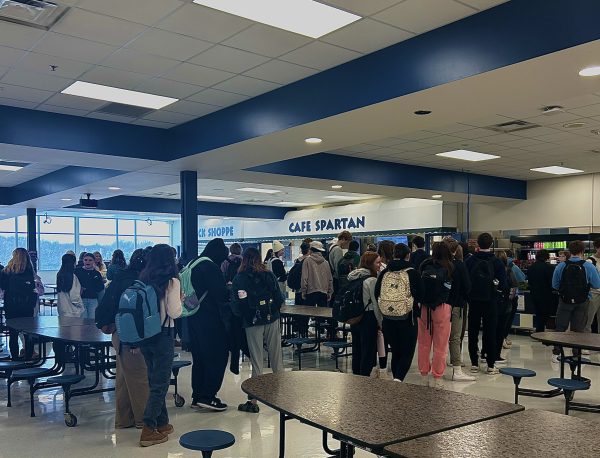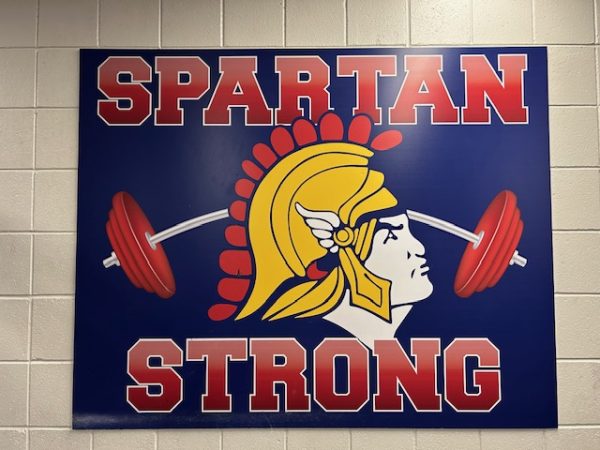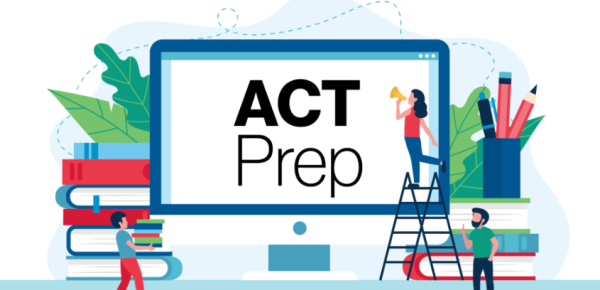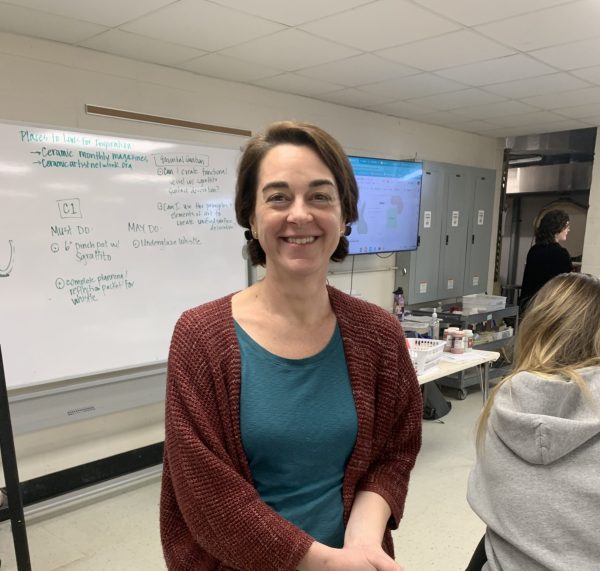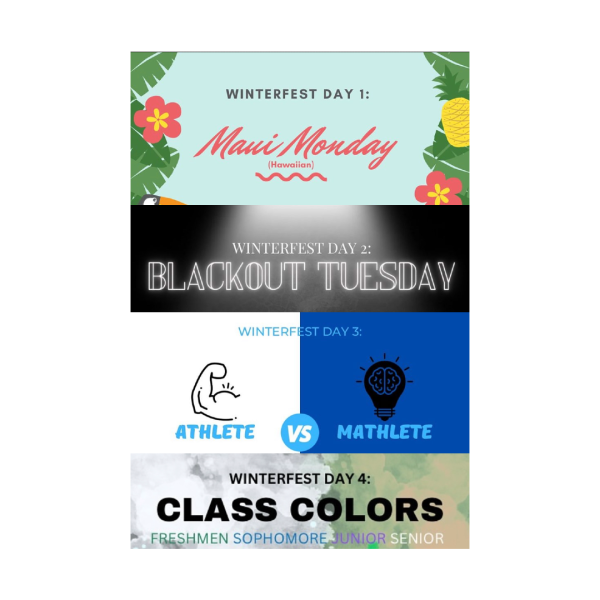Effect of introverts and extroverts in the classroom
December 16, 2014
Every student has a different personality, and every person learns a different way. There are so many different personality types, but in a classroom, there are two obvious categories of students: introverts and extroverts.
Introverts can be defined as people who get their energy from being by themselves. Introverts are usually quiet and deep thinkers.
They have strong skills in listening and observing.
Extroverts are people who get energy from other people. They are more social and usually talkative.
Skills of an extrovert include good communication and discussion skills.
Introverts and extroverts can have different preferences of teaching styles and learning styles while in the classroom.
Introverted people prefer more independent work. Their best ideas come to them when they are by themselves. Introverts like a simple teaching style. They like the classic lecture-and-note-taking way of teaching.
Extroverts enjoy a multitude of group activities. They strive in discussion style classrooms and like a classroom that actively has a stimulating atmosphere that includes questions and group time.
Both personalities can bring different positive attributions to a classroom.
“[Introverts] are people who are very self-aware of their strengths,” said psychology and world history teacher Andy Gagnon. “A lot of times I see introverts as very detailed people.”
Introverts tend to be more detail oriented and have stronger reading and writing skills.
“Extroverts tend to be, but are not always, leaders,” Gagnon said.
Extroverts are better with leading skills and keep classrooms with high energy and are willing to share and explain.
The two personalities can also have potential negative effects on a classroom.
Because introverts are usually more quiet and not as willing to share their thoughts, a class majority of introverts can lead to a silent classroom. Teachers who like a more stimulating classroom can struggle when students are not as willing to answer.
Extroverts sometimes have trouble ending conversations because they like to talk and sometimes struggle to switch topics quickly. This can cause a waste of time which can lead to irritated teachers.
For a classroom to work efficiently, teachers have to try to find a way to teach that works for all students.
“[Teachers] are aware of different learning styles,” Gagnon said.
Gagnon said that teachers notice what kids do and don’t thrive on and know that when it comes to learning styles, “one size doesn’t fit all.”
Some students fit both molds of the personalities and are a combination of both.
Junior Elena Calderon is skilled in handling social situations but enjoys independent work time.
If you think that you fit both molds, and if you are not sure what personality type is your more dominant one, there are a number of tests online that you can take to find out.

